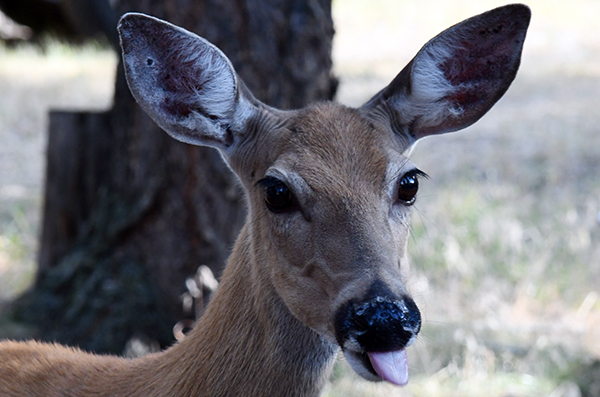Home »

Deer in Grand Forks area affected with fatal disease
The B.C. Ministry of Water, Land and Resource Stewardship this afternoon confirmed the presence of epizootic hemorrhagic disease (EHD) in white-tailed deer in Grand Forks.
In the past week, nearly 100 deer were found deceased.
Following sampling and testing, the diagnosis was confirmed by the Province’s Animal Health Centre today (Friday, Oct. 3).
EHD is an infectious and fatal disease affecting white-tailed deer, mule deer and bighorn sheep. EHD is part of the natural cycle for wildlife populations and is spread by small biting flies during particular weather conditions. The outbreak is expected to end when the weather becomes cool and wet, or there is a hard frost.
There is no direct evidence that the disease can be transmitted to humans and there have been no cases of the disease in humans. However, to prevent any potential risk of transmission or illness, Health Canada and the World Health Organization recommend people not eat meat or other parts of an animal infected with EHD.
The province has worked in partnership and with support from community members. While managers and stewards cannot prevent outbreaks, reporting dead and sick wildlife is important.
Anyone who sees wildlife exhibiting any symptoms, such as weight loss, drooling, poor co-ordination, stumbling or that appear to be generally sick with no obvious reason, is asked to report it through the 24/7 Report All Poachers and Polluters Line: 1-877-952-7277
Learn more about how to report sick, injured or dead wildlife.
e-KNOW file photo
e-KNOW







